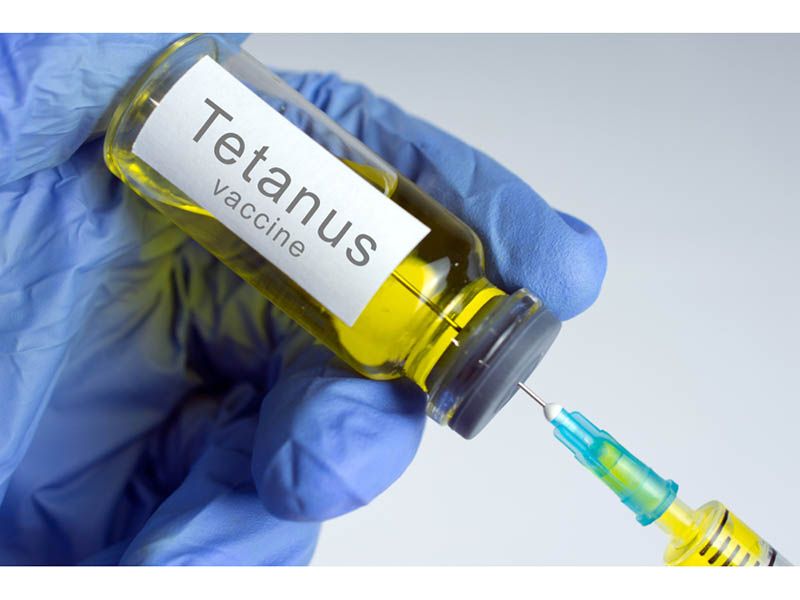MONDAY, March 21, 2022 (HealthDay News) — By December 2020, 80 percent of the 59 priority countries had achieved maternal and neonatal tetanus elimination (MNTE), according to research published in the March 18 issue of the U.S. Centers for Disease Control and Prevention Morbidity and Mortality Weekly Report.
Florence A. Kanu, Ph.D., from the CDC in Atlanta, and colleagues summarized progress toward achieving and sustaining MNTE during 2000 to 2020.
The researchers found that by December 2020, 52 of 59 priority countries (88 percent) had conducted tetanus toxoid-containing vaccine supplementary immunization activities (SIAs). Globally, from 2000 to 2020, there was an increase seen in the percentage of infants protected at birth, from 74 to 86 percent; deliveries assisted by a skilled birth attendant increased from 64 percent in 2000 to 2006 to 83 percent in 2014 to 2020. Worldwide, there was an 88 percent decrease noted in reported neonatal tetanus cases, from 17,935 to 2,229 in 2000 and 2020, respectively; a 92 percent decrease was seen in estimated deaths from 2000 to 2019, from 170,829 to 14,230, respectively. Eighty percent of the 59 priority countries (47 countries) were validated to have achieved MNTE by December 2020.
“The Immunization Agenda 2030, the global immunization strategy for the next decade, includes MNTE as an endorsed vaccine-preventable disease elimination target,” the authors write. “To achieve and sustain MNTE, strong national commitment and integration are needed, including integrating MNTE activities with polio, measles, cholera, yellow fever, or other vaccine-preventable disease SIAs.”
Copyright © 2021 HealthDay. All rights reserved.


